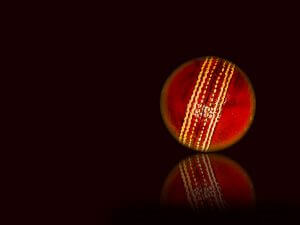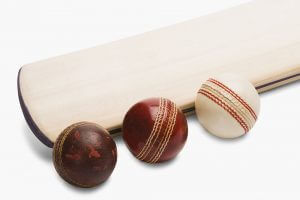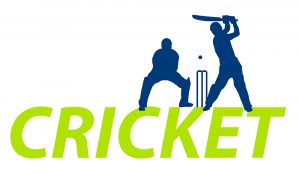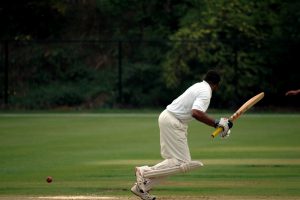What is DRS in cricket?
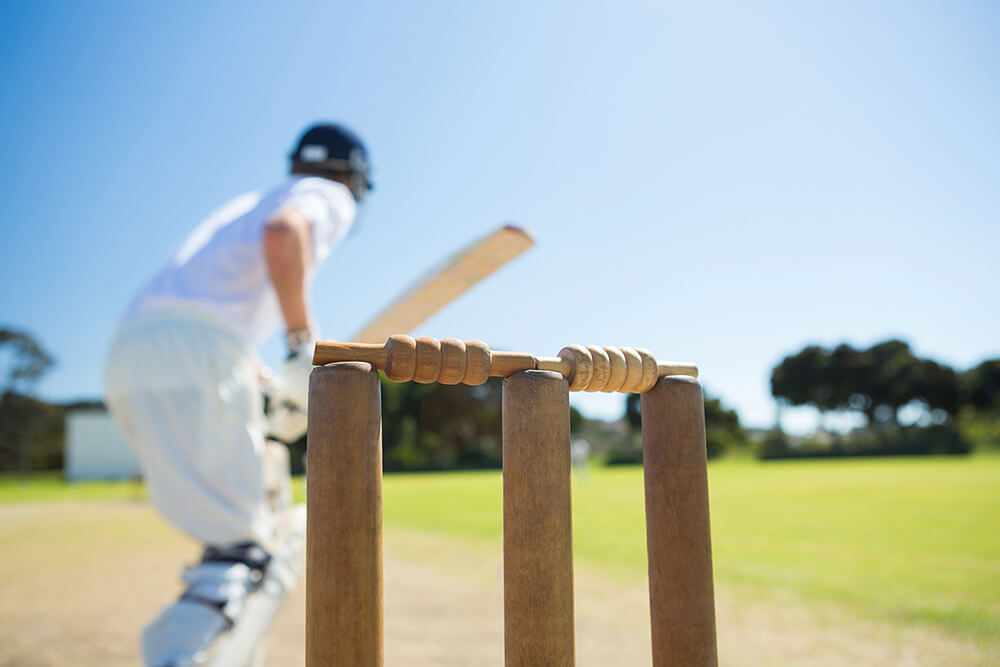
In cricket, DRS refers to the Decision Review System with the help of which a player can change the decision made by on-field umpires. DRS uses the latest technologies to review the umpire’s decision that is put into question by a player or a team. DRS mostly uses slow-motion replays taken from various angles, ball-tracking system, Snickometer to detect faint noises and Hot-spot infrared imaging to capture temperature changes caused by the ball’s contact with different objects. It can also be referred to as Umpire Decision Review System (UDRS).
Contents
History of DRS
A similar review method was first used in 1992. It allowed the umpires to refer some of their decisions to the TV umpire (also known as the third umpire). The player`s Review system (DRS) where a player can challenge the on-field umpire`s decision debuted only in 2008 during a test match between Sri Lanka and India. It later made its way into the One-Day Internationals (ODI) and Twenty20 Internationals (T20I) in 2011 and 2017 respectively. Currently, DRS is considered an integral part of a cricket match and is used during all international tournaments.
DRS DRS Components
#8217;s look into the basics of DRS, pay attention to its main components that help a third umpire to review those decisions challenged by a player.
- TV replays – TV umpires use high quality videos captured from different angles as well as slow-motion replays that help them make a decision.
- Hawk-eye– Hawk-eye is one of the latest ball-tracking technologies used to determine the possible trajectory of the ball based on the data available before the delivery. Such technology is often applied to review the LBW decisions, checking whether the ball hits the stumps.
- Snickometer – Snickometer uses microphones to capture small noises made when the ball is hit with the bat or pad. The device helps to detect even the smallest sounds.
- Hot-spot– Hot-spot is an infrared imaging system that is used to find the ball`s exact contact point with a bat or a pad. The technology determines the edges analysing the temperature changes that happen during the contact.
DRS – DRS – Rules and Regulations
d regulations have, too, evolved with time, having been formed in a well-described set.
Contents
DRS Components
#8217;s look into the basics of DRS, pay attention to its main components that help a third umpire to review those decisions challenged by a player.- TV replays – TV umpires use high quality videos captured from different angles as well as slow-motion replays that help them make a decision.
- Hawk-eye– Hawk-eye is one of the latest ball-tracking technologies used to determine the possible trajectory of the ball based on the data available before the delivery. Such technology is often applied to review the LBW decisions, checking whether the ball hits the stumps.
- Snickometer – Snickometer uses microphones to capture small noises made when the ball is hit with the bat or pad. The device helps to detect even the smallest sounds.
- Hot-spot– Hot-spot is an infrared imaging system that is used to find the ball`s exact contact point with a bat or a pad. The technology determines the edges analysing the temperature changes that happen during the contact.
DRS – DRS – Rules and Regulations
d regulations have, too, evolved with time, having been formed in a well-described set.
Number of DRS available
- Test matches – 2 per innings
- ODI matches – 1 per innings
- T20I matches – 1 per innings
The amount of DRS decisions available is calculated considering the number of unsuccessful DRS attempts made by a team. A successful DRS review does not change the amount of available DRS reviews left.
A DRS review may fall into three categories as described below.
- A successful attempt when a decision is overturned (No review lost).
- An Umpire’s Call may go either way, but the TV umpire will choose to stick to the decision made by the on-field umpires (No reviews lost despite the attempt being unsuccessful). This is mostly applied to the LBW cases.
- An unsuccessful attempt means that on-field umpires have made a correct decision, and a review will be lost by the team that has asked for DRS.
A player or a fielding captain has to show a “T” sign to challenge the decision made by the on-field umpire. The team are given 15-second time frame from the moment the on-field umpire’s decision has been announced to request DRS. The TV umpires then review the on-field umpire`s decision with the help of the technology.
DRS – LBW protocol
Pitching– The ball must not pitch outside the leg stump line for LBW to be given.
Impact– Impact refers to the spot where the ball hits the batsman which should stay in line with the stumps. The impact does not matter if there is no shot offered.
Hitting– The ball must hit the stumps on the trajectory projected from the point of impact. A considerable part of the ball (roughly evaluated) must hit the stumps in order to refer to it as hitting, otherwise, it will be returned as on-field decision and the review will turn out to be umpire’s call.
If the factors in question are against the on-field call, it will come out red and if it favors on-field umpires, their decision will be indicated green. Three red marks are required to change the on-field umpire`s decision.
DRS – Statistics
- Most decisions reviewed in DRS are LBW (75%) and wicket-keeper catches (20%).
- Fielding teams made 62% of DRS calls, while batting units contributed only 38% to the overall number.
- DRS has a success rate of 25% only. These are the cases in which on-field decisions have been overturned.
- Batsmen have a 35% success rate against fielding team’s 20% in overturning on-field decisions.
- On average, 1.4 batting referrals and 1.2 bowling referrals are overturned per match.
DRS – controversies and main issues
DRS – controversies and main issues
e DRS system undermines the power of the on-field umpire`s decision. It took the Indian league a long while until they accepted the system, having considered it flawed and inaccurate.Some of the decisions made using DRS were strongly criticised by players and public as they turned out to be incorrect. Furthermore, the 15-second window has created some controversies, too, as on-field umpires usually keep silent, if they think the decision has been made correctly.
From a personal point of view, a decision to call a dead ball in LBW referrals should be considered incorrect. Most likely, it will make leg byes non-existent when such delivery takes place and it may lead to certain difficulties, if occured in the final moments of the game. Despite a lot of criticism and debates around this topic, DRS, with its technological benefits, has shown more than 90% accuracy in the cases when it has been applied.

